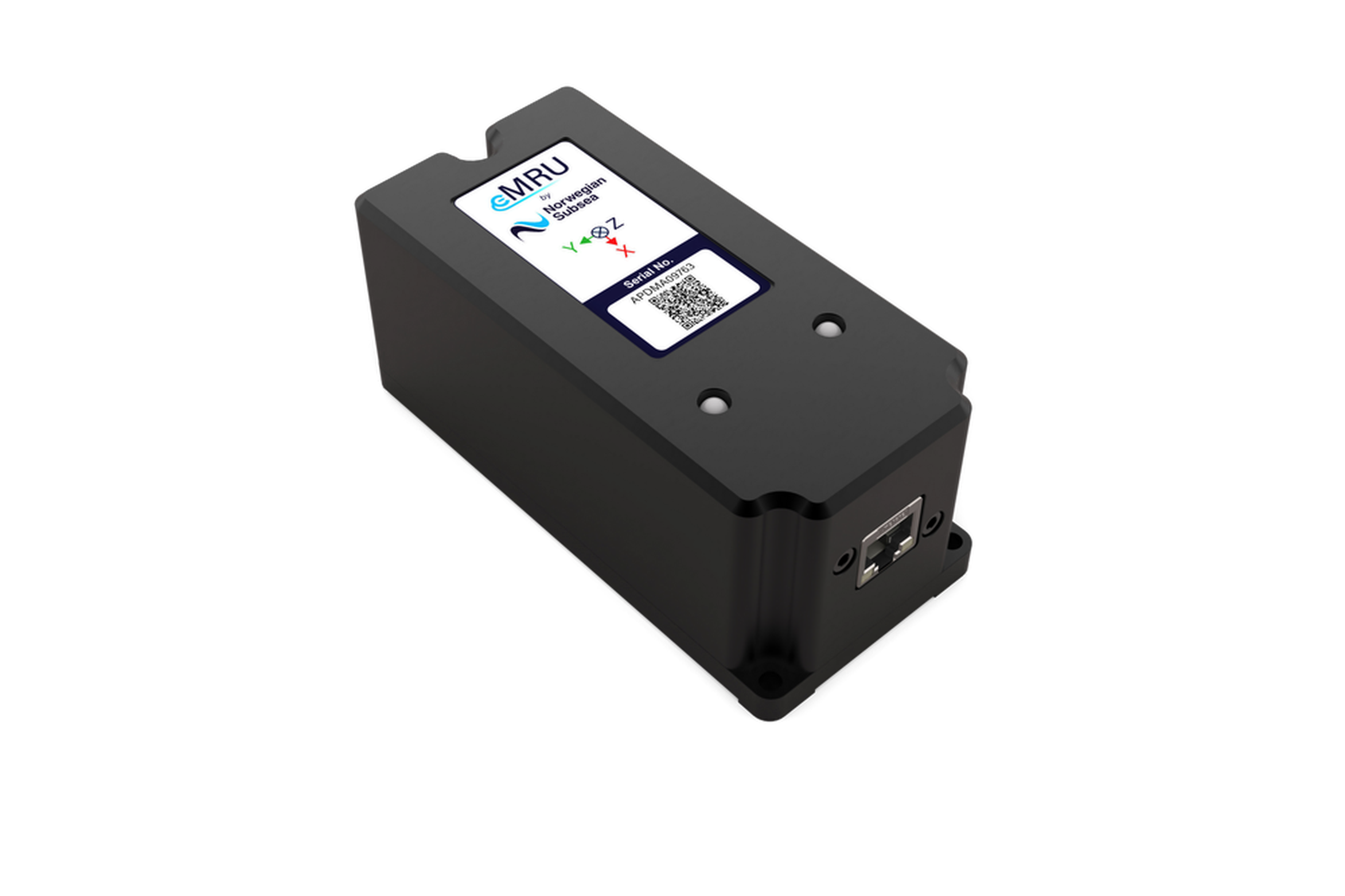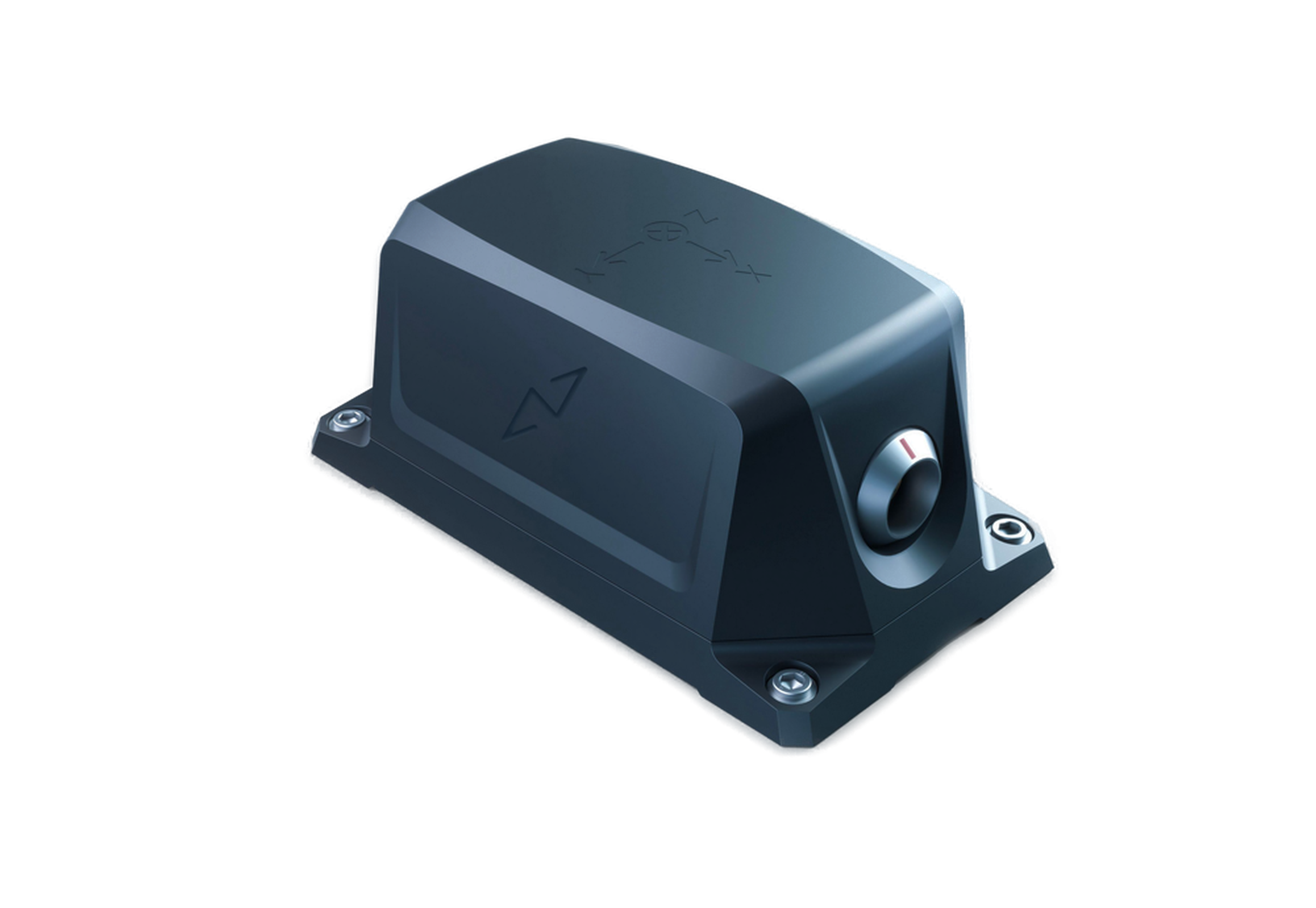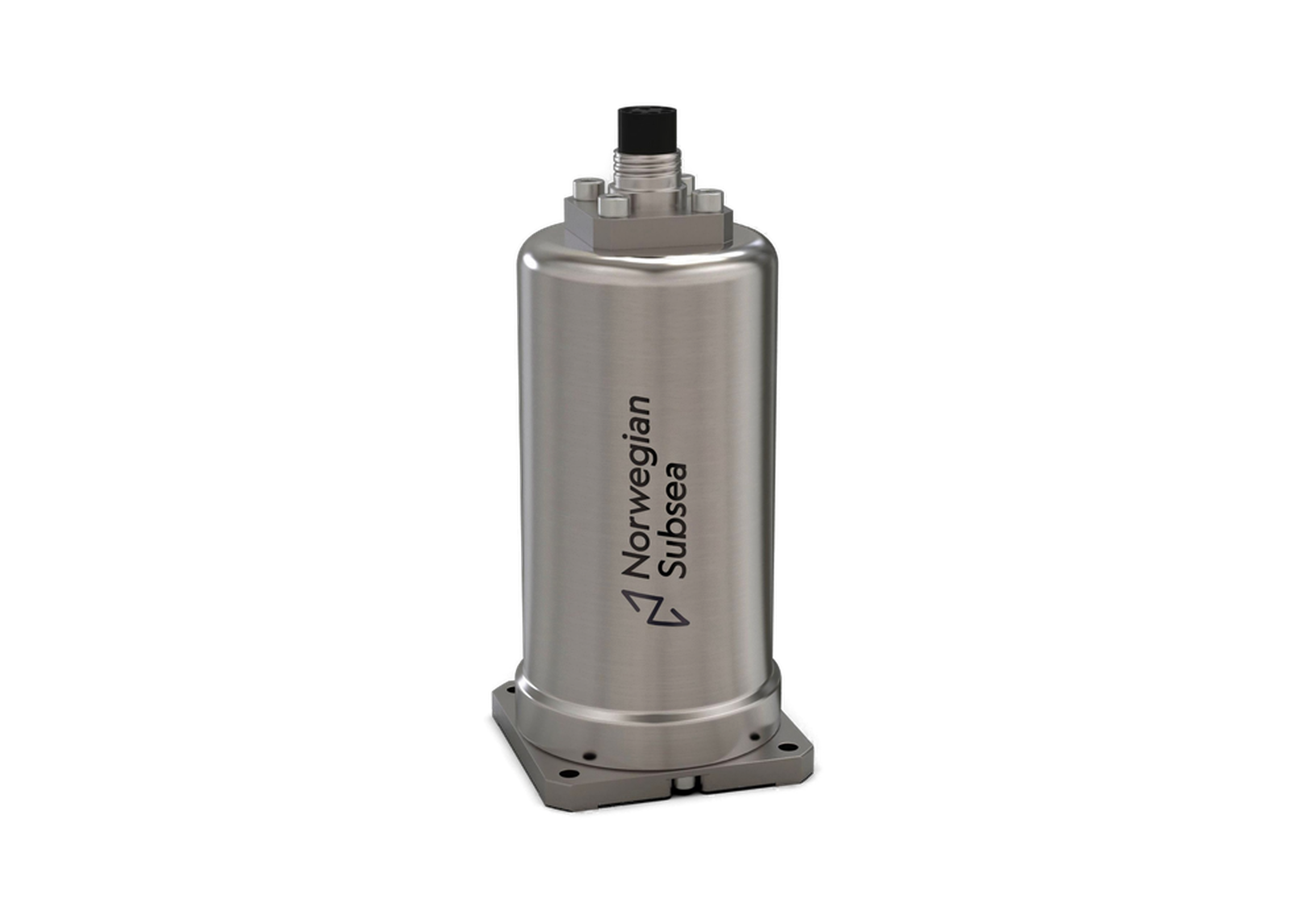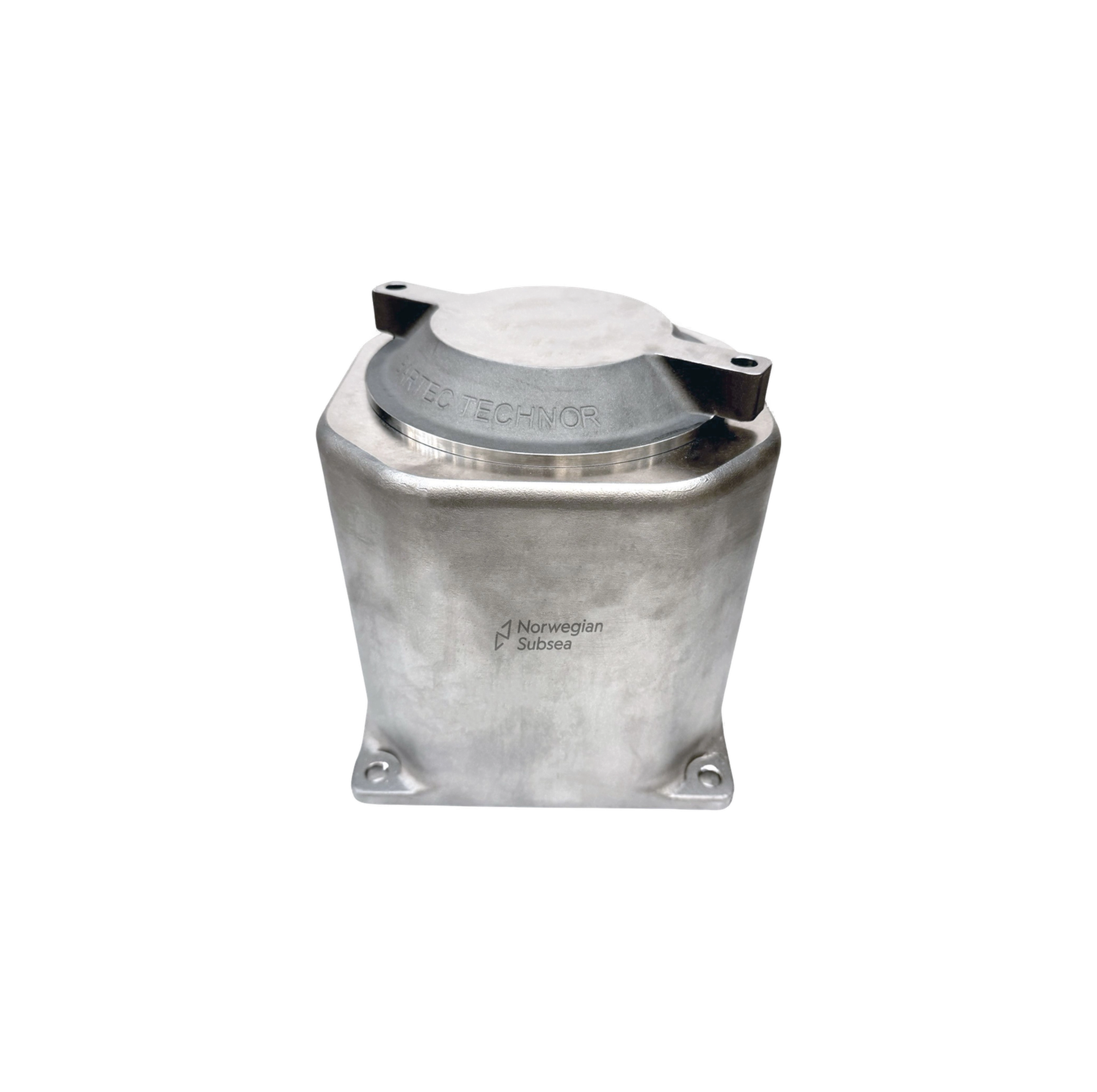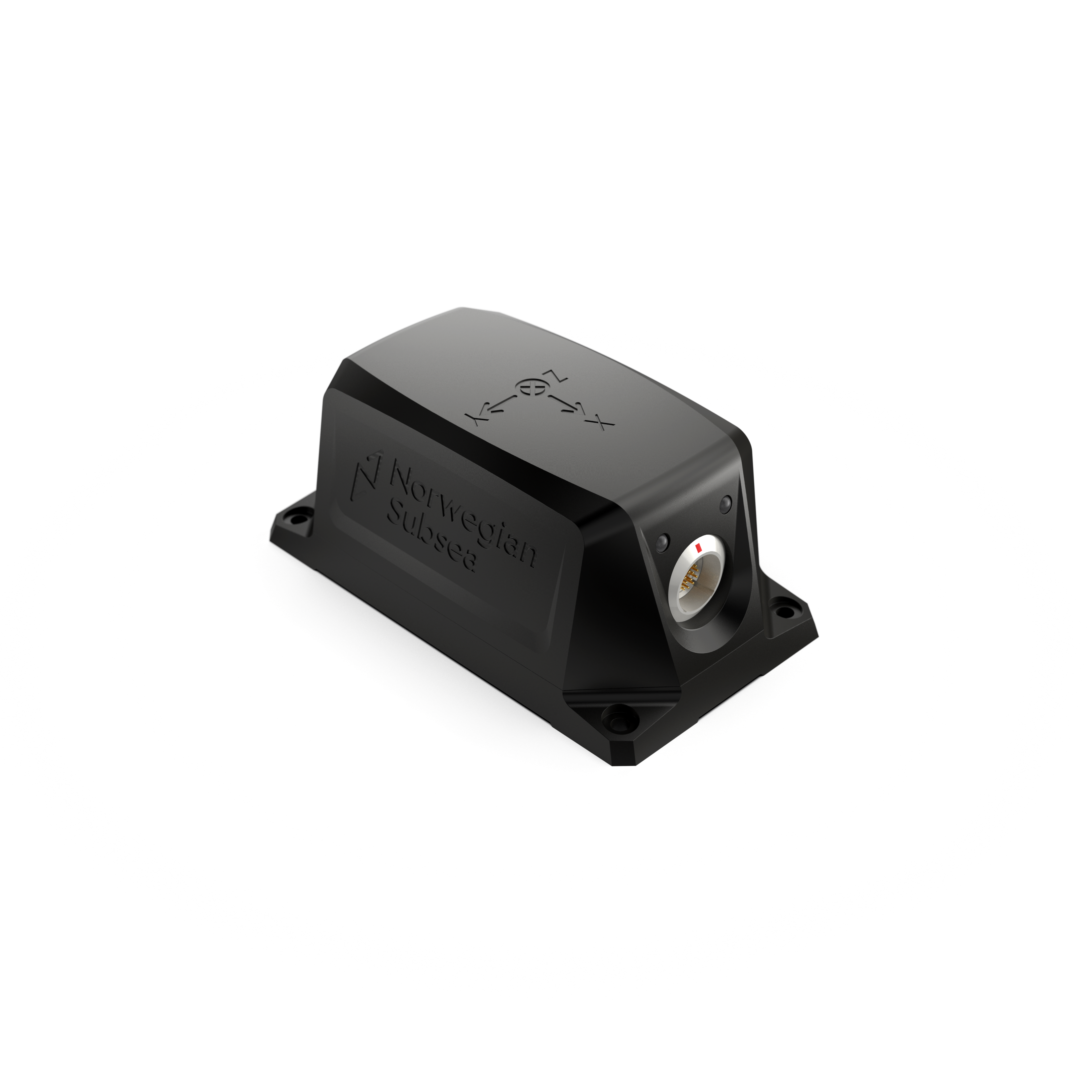What is the difference between MEMS-based and FOG-based MRUs?
Motion Reference Units (MRUs) primarily differ based on the type of gyroscope technology they employ. Norwegian Subsea utilizes advanced Micro-Electro-Mechanical Systems (MEMS) technology in all our MRUs.
MEMS sensors are solid-state devices manufactured using techniques similar to those for integrated circuits. This results in sensors that are inherently compact, lightweight, highly robust, and significantly more cost-effective than older technologies. They offer excellent reliability and low power consumption. Our engineers combine state-of-the-art MEMS sensors with sophisticated sensor fusion algorithms to achieve high accuracy and performance, validated in real-world sea conditions.
Fiber Optic Gyroscope (FOG) technology, conversely, uses the interference of light passing through a coil of optical fiber to measure rotation. While capable of high performance, FOG-based MRUs are typically larger, heavier, significantly more expensive, and can be more sensitive to shock and vibration compared to MEMS units. Historically, FOGs were often required for the highest accuracy applications, but advancements in MEMS technology and algorithms have closed this gap considerably.
The most advanced and expensive Fiber Optic Gyroscope (FOG) navigational instrument can determines true north. Unlike magnetic compasses, which are susceptible to magnetic anomalies, these instruments identifies true north based on the Earth's rotation, aligning with the geographic North Pole. It provides constant and reliable heading information without dependence on external signals like GPS, which can be disrupted or unavailable. These instruments has a settling time to stabilize and accurately align with true north after initialization, which can vary depending on the system's design and environmental factors. At high northern or southern latitudes, the gyrocompass faces challenges due to the diminishing horizontal component of Earth's rotation, making it harder to align to true north.
For the vast majority of marine, subsea, and offshore applications, modern MEMS-based MRUs like those from Norwegian Subsea provide exceptional performance (with Roll/Pitch accuracies from ±0.05° down to ±0.01°) that meets or exceeds operational requirements. They represent a superior value proposition, offering high accuracy, proven reliability, ease of integration, and significantly lower total cost of ownership compared to FOG-based systems, often without the need for recalibration.
